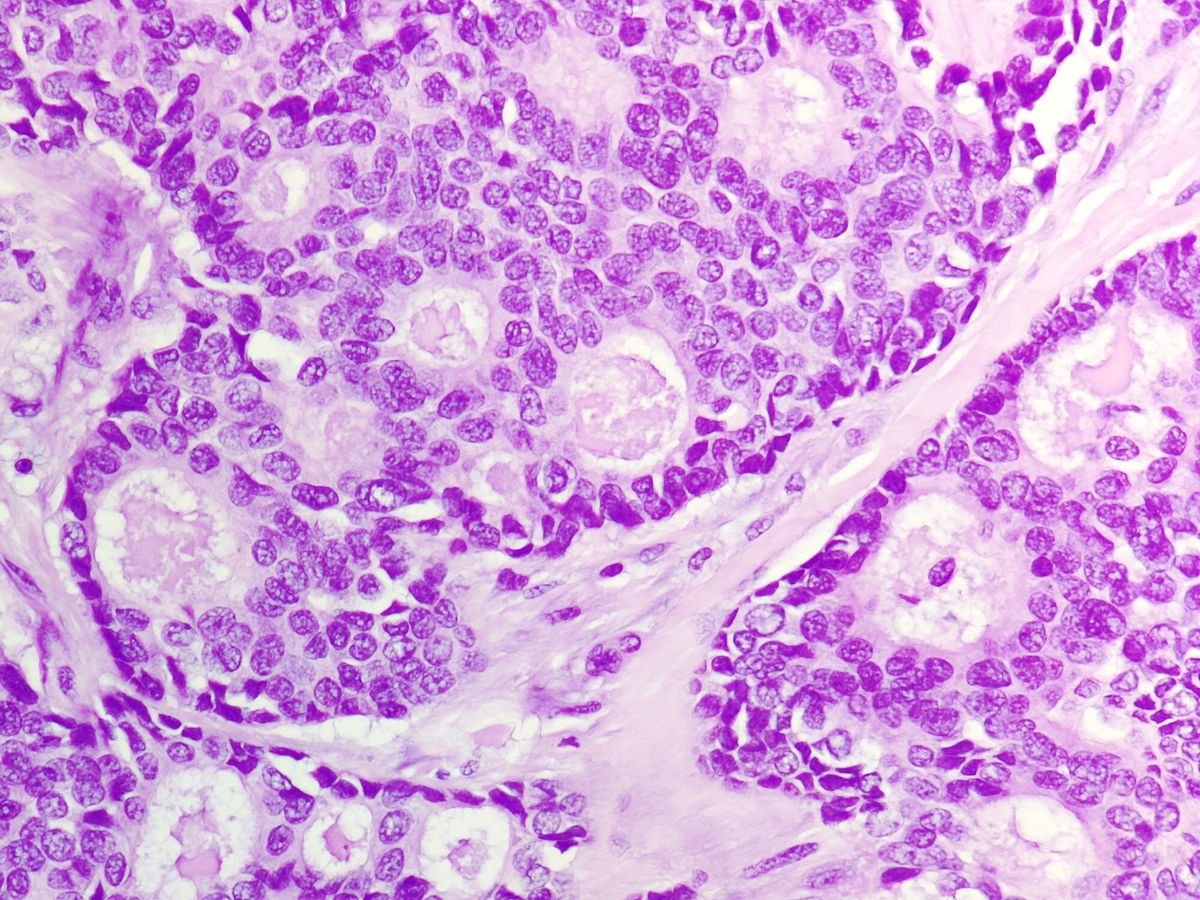
Fermentation is a fascinating process that has been used for centuries to create some of the most beloved foods and beverages. From the tangy taste of sauerkraut to the bubbly goodness of beer, fermentation plays a crucial role in our culinary world. But there’s more to fermentation than just creating delicious flavors – it’s a complex chemical process that involves microorganisms breaking down organic compounds.
In this article, we’ll explore eight intriguing facts about fermentation that will not only pique your curiosity but also deepen your understanding of this ancient practice. So, get ready to dive into the world of fermentation and discover the wonders that happen when microorganisms work their magic!
Key Takeaways:
- Fermentation is a natural process that preserves food, enhances flavor, and creates beloved foods and beverages like bread, beer, and yogurt. It’s like nature’s way of making food more delicious and long-lasting!
- Fermentation isn’t just for making alcohol – it also creates probiotic-rich foods like yogurt and non-alcoholic drinks like kombucha. It’s like a magical process that turns ordinary ingredients into tasty and healthy treats!
Fermentation is a natural process
Fermentation is a natural process that occurs when microorganisms, such as yeast or bacteria, metabolize organic compounds to produce energy. This process has been used for thousands of years to create various foods and beverages, including bread, beer, and yogurt.
Fermentation preserves food
One of the key benefits of fermentation is its ability to preserve food. The microorganisms involved in fermentation produce acids and other compounds that help prevent the growth of harmful bacteria. This natural preservation method has been widely used throughout history, allowing people to store and consume food for longer periods.
Fermentation enhances flavor
Fermentation not only preserves food but also enhances its flavor. During the fermentation process, microorganisms produce enzymes and other compounds that break down complex molecules into simpler, more flavorful substances. This transformation leads to unique and complex taste profiles that are highly sought after in culinary experiences.
Fermentation is used in the production of alcoholic beverages
Alcoholic beverages, such as wine, beer, and spirits, are often produced through fermentation. Yeast converts sugars found in fruits, grains, or other sources into alcohol and carbon dioxide. The type of yeast and the fermentation conditions contribute to the distinct characteristics and flavors of each beverage.
Fermentation plays a critical role in the baking industry
When yeast is added to dough, it produces carbon dioxide gas through fermentation. This gas gets trapped in the dough, causing it to rise and create a light and airy texture in baked goods like bread and pastries. Without fermentation, baked goods would be dense and flat.
Fermentation can be used to create probiotic-rich foods
Probiotics are beneficial bacteria that support digestive health. Fermented foods like yogurt, kefir, sauerkraut, and kimchi are rich in these probiotics. Through the fermentation process, the beneficial bacteria multiply and help maintain a healthy balance in the gut.
Fermentation can be used to make non-alcoholic beverages
Fermentation is not limited to alcoholic beverages. It is also used to produce non-alcoholic drinks like kombucha and herbal teas. In these cases, a culture of bacteria and yeast is added to a sweetened liquid, resulting in a fizzy, tangy, and refreshing beverage.
Fermentation is a key process in the production of cheese
Cheese-making involves the fermentation of milk. Bacteria are added to milk, which converts lactose into lactic acid, creating an acidic environment. This acidification helps coagulate the proteins in the milk, leading to the formation of curds. The curds are then processed and aged to produce a wide variety of delicious cheeses.
Conclusion
In conclusion, fermentation is a fascinating process with numerous applications and benefits. From producing our favorite beverages and foods to enabling the synthesis of valuable compounds, fermentation plays a crucial role in various industries. By harnessing the power of microorganisms, we unlock a world of flavors, textures, and aromas. Understanding the science behind fermentation not only allows us to appreciate the art of brewing, baking, and fermenting but also opens up possibilities for future innovations and discoveries. So the next time you enjoy a glass of wine, bite into a freshly baked loaf of bread, or savor the tangy flavors of fermented vegetables, take a moment to appreciate the remarkable process of fermentation and its impact on our daily lives.
FAQs
1. What is fermentation?
Fermentation is a metabolic process during which microorganisms, such as bacteria, yeasts, or fungi, convert carbohydrates into alcohol, acids, or gases.
2. What are some examples of fermented foods?
Examples of fermented foods include yogurt, sauerkraut, kimchi, pickles, cheese, soy sauce, and sourdough bread.
3. How does fermentation enhance the flavor of food and beverages?
Fermentation introduces complex flavors and aromas by breaking down carbohydrates and releasing byproducts such as organic acids, alcohol, and volatile compounds.
4. Is fermentation a natural process?
Yes, fermentation occurs naturally in many foods and beverages. However, humans have also learned to control and manipulate the fermentation process to achieve specific outcomes.
5. Are fermented foods and beverages good for health?
Yes, fermented foods and beverages can be beneficial for gut health as they contain probiotics, which are beneficial bacteria that support digestion and contribute to overall well-being.
6. Can anyone ferment food at home?
Yes, fermenting food at home can be a fun and rewarding activity. With proper knowledge and hygiene practices, anyone can try their hand at fermenting vegetables, making homemade yogurt, or brewing their own kombucha.
7. How long does the fermentation process take?
The duration of fermentation varies depending on the type of microorganism, the specific food or beverage, and the desired outcome. It can range from a few hours to several months.
8. Can fermented foods go bad?
Fermented foods have a longer shelf life compared to fresh foods due to the presence of acid and beneficial bacteria, but they can still spoil if not stored properly or exposed to contaminants.
Was this page helpful?
Our commitment to delivering trustworthy and engaging content is at the heart of what we do. Each fact on our site is contributed by real users like you, bringing a wealth of diverse insights and information. To ensure the highest standards of accuracy and reliability, our dedicated editors meticulously review each submission. This process guarantees that the facts we share are not only fascinating but also credible. Trust in our commitment to quality and authenticity as you explore and learn with us.


